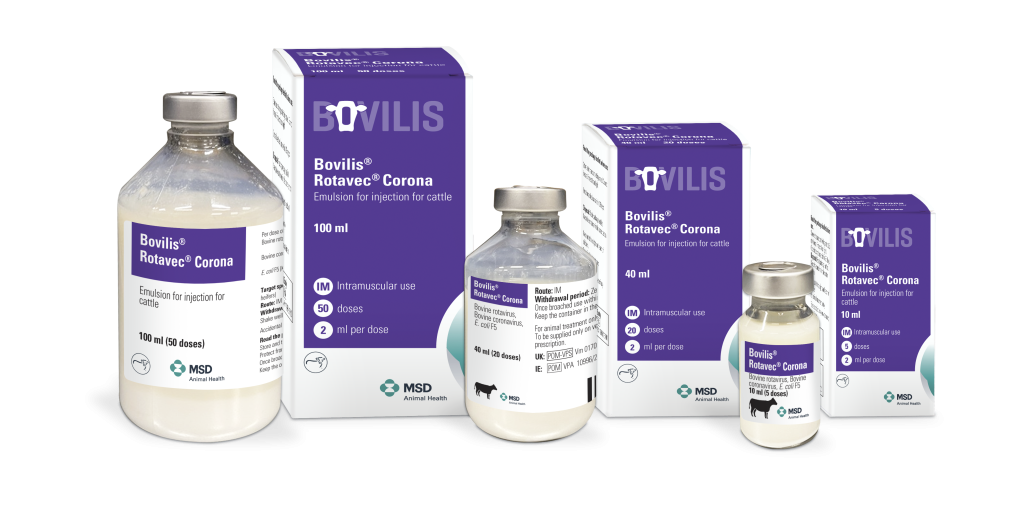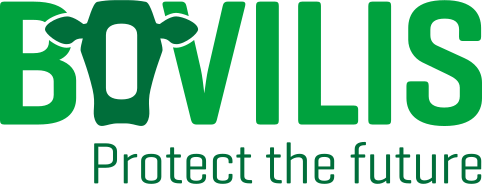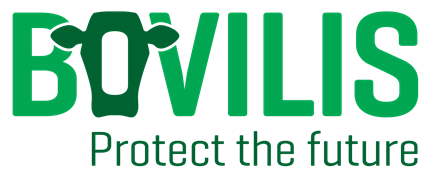

What is it?
CepraLock® is designed for use at drying-off, with or without a dry cow intramammary antibiotic, and provides an important inert barrier in the teat canal to reduce the risk of a bacterial infection of the udder during the dry period.Cepralock can be purchased in single boxes of 24 tubes (6 cows) and buckets of 144 tubes (36 cows). Both include biodegradable disinfectant wipes for udder preparation.

How does it Work?
Infusion of the product into each udder quarter produces a physical barrier against the entry of bacteria thereby reducing the incidence of new intramammary infections during the dry period. The product is sterile and has no antimicrobial activity.
How to use: MSD Animal Health have launched an udder health video series to raise awareness about the correct procedure when drying-off cows, ahead of the dry cow season.

The video series features well-known veterinary consultant, Tommy Heffernan – better known as Tommy the vet – who shares lots of practical tips, tricks, and advice to help farmers get prepared for a successful dry-cow period
Why use it?
According to Dr. Jantijn Swinkels, DVM, PhD, Ruminants Technical Director Veterinarian at MSD Animal Health “farmers should be using internal teat sealants, with studies showing that nearly 25% of teat ends remain open for as long as six weeks after drying off.
“Adding a teat sealant to a dry cow management program helps prevent infection and supports the responsible use of antibiotics.”
60% of all new infections in early lactation can be traced back to the dry-cow period. Adding a teat sealant to a dry-cow management programme has been proven to reduce mastitis incidences by up to 25% in the next lactation
Product Focus
Cepralock

BVD Video
To activate the video player please allow cookies in category ‘Performance and Operation’ and refresh this page.
Related Articles
- Technology for Profit competition #TimeForTech
 We’re looking for Irelands most innovative dairy farmers! #TimeforTech Following the success of our Prevention for Profit campaign we’re excited to launch the “Technology for Profit” competition for 2025.
We’re looking for Irelands most innovative dairy farmers! #TimeforTech Following the success of our Prevention for Profit campaign we’re excited to launch the “Technology for Profit” competition for 2025. - Flies – Nuisance by name, nuisance by nature
 With temperatures slowly on the rise, next on the agenda – fly season. Impact on production and spread of disease Anyone who has worked with cattle during the summer months needs little reminding of the annoyance which flies can cause. They can be responsible for a state of unrest in the parlour for both cows … Read more
With temperatures slowly on the rise, next on the agenda – fly season. Impact on production and spread of disease Anyone who has worked with cattle during the summer months needs little reminding of the annoyance which flies can cause. They can be responsible for a state of unrest in the parlour for both cows … Read more - Reducing Abortion Rates in Your Flock: Enzootic Abortion of Ewes and Toxoplasmosis
 Eleanor Brady, MVB MRCVS, Ruminant Veterinary Manager, MSD Animal Health Many Irish flocks will experience a few abortions each year, but how many abortions is too many? Targets for abortion and overall empty rate are set at <2% and <5% respectively, although many flock owners accept rates higher than this. Approximately one third of lamb … Read more
Eleanor Brady, MVB MRCVS, Ruminant Veterinary Manager, MSD Animal Health Many Irish flocks will experience a few abortions each year, but how many abortions is too many? Targets for abortion and overall empty rate are set at <2% and <5% respectively, although many flock owners accept rates higher than this. Approximately one third of lamb … Read more
“Animal Health Ireland estimate the annual cost of BVD to Irish herds totals €102 million.”
Sign up to Bovilis® product and event information

MSD Animal Health
Red Oak North, South County Business Park, Leopardstown,
Dublin 18, Ireland
vet-support.ie@msd.com
PHONE
CATTLE DISEASES





